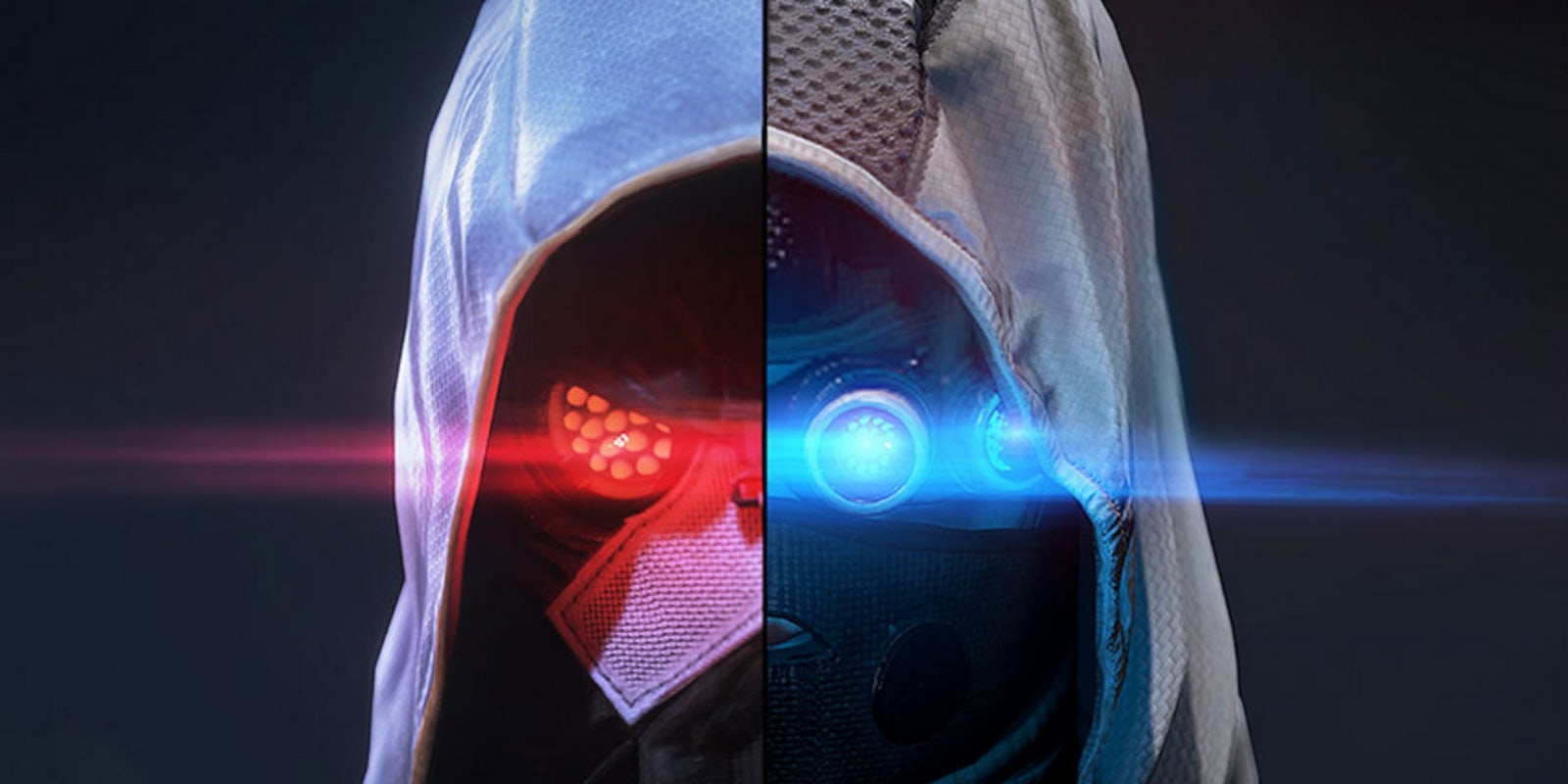A class-action lawsuit over video game graphics seemed frivolous when it was filed back in August. But with new court documents filed late last week, the complaints are taking on some legitimacy.
United States District Judge Edward W. Chen has ruled against a motion by Sony Computer Entertainment America (SCEA) to dismiss a class-action lawsuit filed by Douglas Ladore, a gamer from California, who is seeking damages for what he claims was false advertising and misleading text on a game box. The issue concerns the graphics resolution in the multiplayer mode of the PlayStation 4 game Killzone: Shadow Fall, which was developed by Guerrilla Games.
“The substantial majority of the arguments Sony raises in its motion to dismiss can be rejected for two simple reasons – either Sony’s arguments ignore important factual allegations that are well-pleaded in Ladore’s complaint, or Sony’s arguments require this Court to construe the complaint in the light most favorable to Sony, rather than Ladore, who is entitled to the benefit of all reasonable inferences at this stage of the proceedings,” wrote the judge in his ruling.
The suit was filed on Aug. 5, 2014, on account of statements during the marketing campaign for Killzone: Shadow Fall that suggested the game would run at a resolution of 1080p—the highest resolution the PlayStation 4 can output. An analysis of the multiplayer graphics in Shadow Fall by Digital Foundry discovered that the multiplayer mode was running at native 960×1080 resolution. Native 1080p resolution would be expressed as 1920×1080. Guerrilla Games used a technique called “interpolation” to make the graphics look like they were in 1080p, but the final result produced a blurriness that even critics noticed.
In the suit, Ladore more or less argued that he either wouldn’t have bought Shadow Fall, or would have waited for the price to come down before making the purchase, had he known that the multiplayer mode wasn’t displayed at a native 1080p resolution. SCEA filed the motion to dismiss on Oct. 29. Judge Chen ruled against its motion to dismiss because Sony didn’t adequately address the complaints in its response to the lawsuit.
While Sony sought to dismiss on the argument that only an image on the Shadow Fall box made Ladore think that the graphics were native 1080p, Judge Chen pointed out that Ladore got that information from multiple sources, including statements by a community manager at Guerrilla Games.
Sony also argued that Guerrilla Games had “come clean” about the upscaling trick used to produce non-native 1080p graphics in the multiplayer mode, but Sony didn’t couldn’t show that Ladore was made aware of that reversal. Finally, Chen ruled that the California Consumer Legal Remedies Act (CLRA) does apply in this case, and Ladore may use it as the basis for his suit, just like the ongoing class action lawsuit against Sega and Gearbox Software over false advertising for Aliens: Colonial Marines.
That lawsuit against Sega and Gearbox, and the class-action suit against SCEA, are both being brought by the law firm Edelman PC, which has a history of filing these sorts of class-action suits on behalf of gamers. The firm, then named Edelson McGuire, also filed a suit in 2011 against Electronic Arts for failure to deliver a free copy of Battlefield 1943 with a purchase of Battlefield 3.
Image via Sony Computer Entertainment America


